使用異步并發(fā)可以解決單次I/O任務(wù)阻塞的問題,但是如果遇到I/O密集型任務(wù),同樣會阻塞線程中其它任務(wù)的執(zhí)行,這時需要使用多線程并發(fā)能力來進(jìn)行解決。
I/O密集型任務(wù)的性能重點(diǎn)通常不在于CPU的處理能力,而在于I/O操作的速度和效率。這種任務(wù)通常需要頻繁地進(jìn)行磁盤讀寫、網(wǎng)絡(luò)通信等操作。此處以頻繁讀寫系統(tǒng)文件來模擬I/O密集型并發(fā)任務(wù)的處理。
定義并發(fā)函數(shù),內(nèi)部密集調(diào)用I/O能力。
import fs from '@ohos.file.fs';
// 定義并發(fā)函數(shù),內(nèi)部密集調(diào)用I/O能力
@Concurrent
async function concurrentTest(fileList: string[]) {
// 寫入文件的實(shí)現(xiàn)
async function write(data, filePath) {
let file = await fs.open(filePath, fs.OpenMode.READ_WRITE);
await fs.write(file.fd, data);
fs.close(file);
}
// 循環(huán)寫文件操作
for (let i = 0; i < fileList.length; i++) {
write('Hello World!', fileList[i]).then(() = > {
console.info(`Succeeded in writing the file. FileList: ${fileList[i]}`);
}).catch((err) = > {
console.error(`Failed to write the file. Code is ${err.code}, message is ${err.message}`)
return false;
})
}
return true;
}
開始前熟悉鴻蒙文檔
| 鴻蒙OS開發(fā) | 更多內(nèi)容↓點(diǎn)擊 | HarmonyOS與OpenHarmony技術(shù) |
|---|---|---|
| 鴻蒙技術(shù)文檔 | 《鴻蒙NEXT星河版開發(fā)學(xué)習(xí)文檔》 |
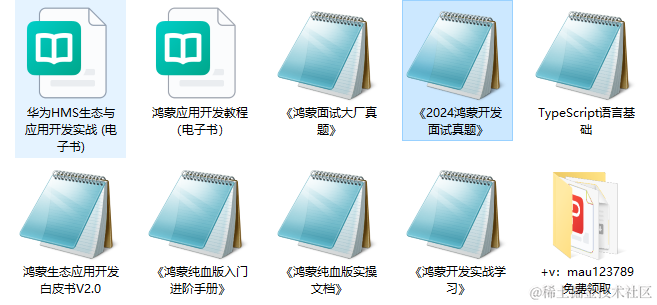
使用TaskPool執(zhí)行包含密集I/O的并發(fā)函數(shù):通過調(diào)用execute()方法執(zhí)行任務(wù),并在回調(diào)中進(jìn)行調(diào)度結(jié)果處理。示例中的filePath1和filePath2的獲取方式請參見獲取應(yīng)用文件路徑。
import taskpool from '@ohos.taskpool';
let filePath1 = ...; // 應(yīng)用文件路徑
let filePath2 = ...;
// 使用TaskPool執(zhí)行包含密集I/O的并發(fā)函數(shù)
// 數(shù)組較大時,I/O密集型任務(wù)任務(wù)分發(fā)也會搶占主線程,需要使用多線程能力
taskpool.execute(concurrentTest, [filePath1, filePath2]).then((ret) = > {
// 調(diào)度結(jié)果處理
console.info(`The result: ${ret}`);
})
-
多線程
+關(guān)注
關(guān)注
0文章
277瀏覽量
19923 -
鴻蒙
+關(guān)注
關(guān)注
57文章
2321瀏覽量
42749 -
鴻蒙OS
+關(guān)注
關(guān)注
0文章
188瀏覽量
4371
發(fā)布評論請先 登錄
相關(guān)推薦
鴻蒙原OS開發(fā)實(shí)例:【ArkTS類庫單次I/O任務(wù)開發(fā)】

鴻蒙OS開發(fā)實(shí)例:【ArkTS類庫多線程@Concurrent裝飾器校驗(yàn)并發(fā)函數(shù)】

鴻蒙OS開發(fā)實(shí)例:【ArkTS類庫多線程CPU密集型任務(wù)TaskPool】
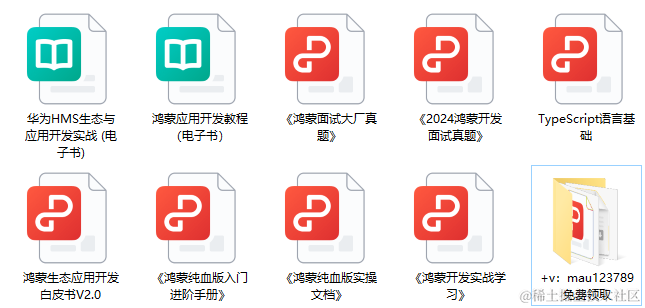
鴻蒙OS開發(fā)案例:【ArkTS類庫多線程CPU密集型任務(wù)Worker】
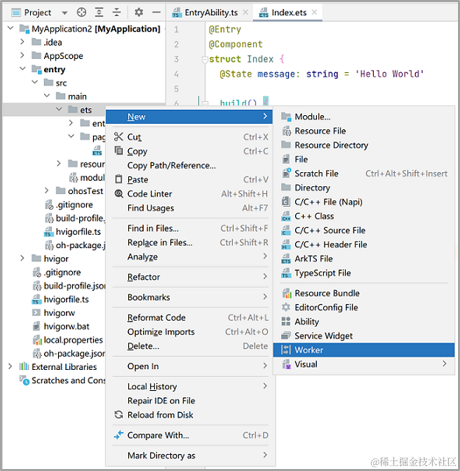
鴻蒙原生應(yīng)用開發(fā)-ArkTS語言基礎(chǔ)類庫多線程并發(fā)概述
鴻蒙APP開發(fā):【ArkTS類庫多線程】TaskPool和Worker的對比
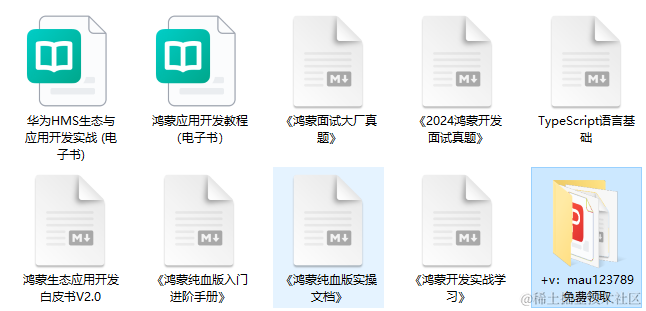
鴻蒙原生應(yīng)用開發(fā)-ArkTS語言基礎(chǔ)類庫多線程TaskPool和Worker的對比(二)
鴻蒙原生應(yīng)用開發(fā)-ArkTS語言基礎(chǔ)類庫多線程TaskPool和Worker的對比(一)
鴻蒙原生應(yīng)用開發(fā)-ArkTS語言基礎(chǔ)類庫多線程I/O密集型任務(wù)開發(fā)
鴻蒙原生應(yīng)用開發(fā)-ArkTS語言基礎(chǔ)類庫多線程CPU密集型任務(wù)TaskPool
鴻蒙原生應(yīng)用開發(fā)-ArkTS語言基礎(chǔ)類庫概述
鴻蒙原生應(yīng)用開發(fā)-ArkTS語言基礎(chǔ)類庫單次I/O任務(wù)開發(fā)
ArkTS語言基礎(chǔ)類庫-解析
HarmonyOS CPU與I/O密集型任務(wù)開發(fā)指導(dǎo)
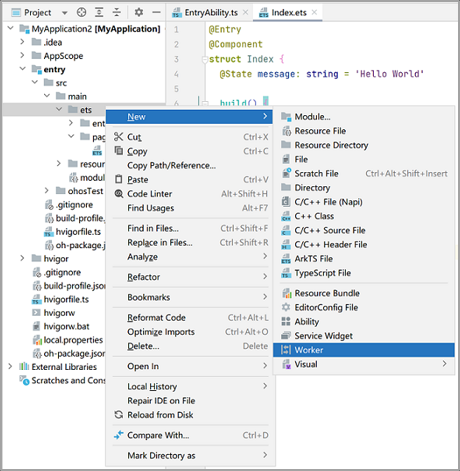




 鴻蒙OS開發(fā)實(shí)例:【ArkTS類庫多線程I/O密集型任務(wù)開發(fā)】
鴻蒙OS開發(fā)實(shí)例:【ArkTS類庫多線程I/O密集型任務(wù)開發(fā)】
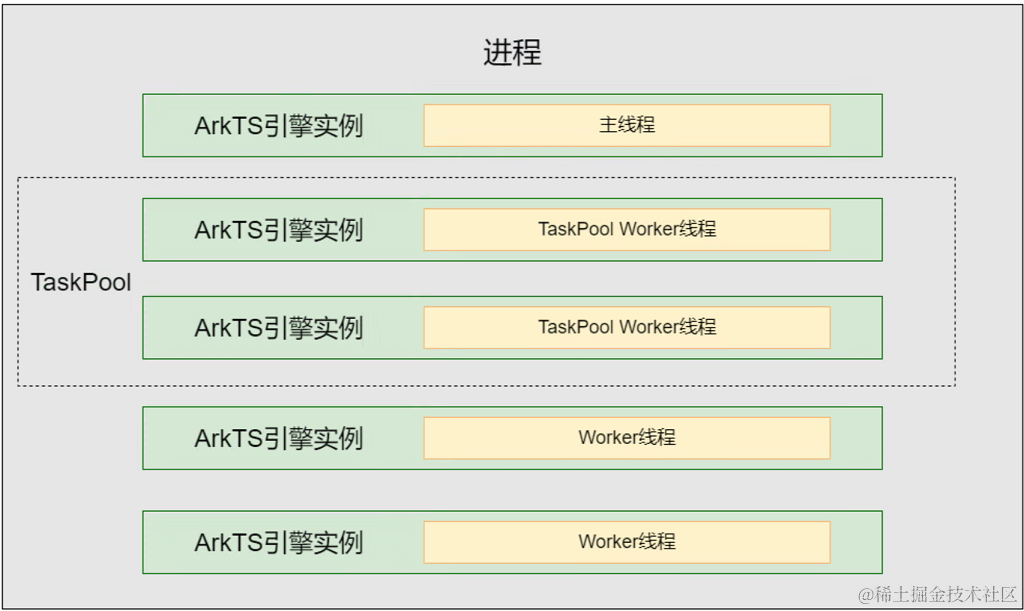










評論